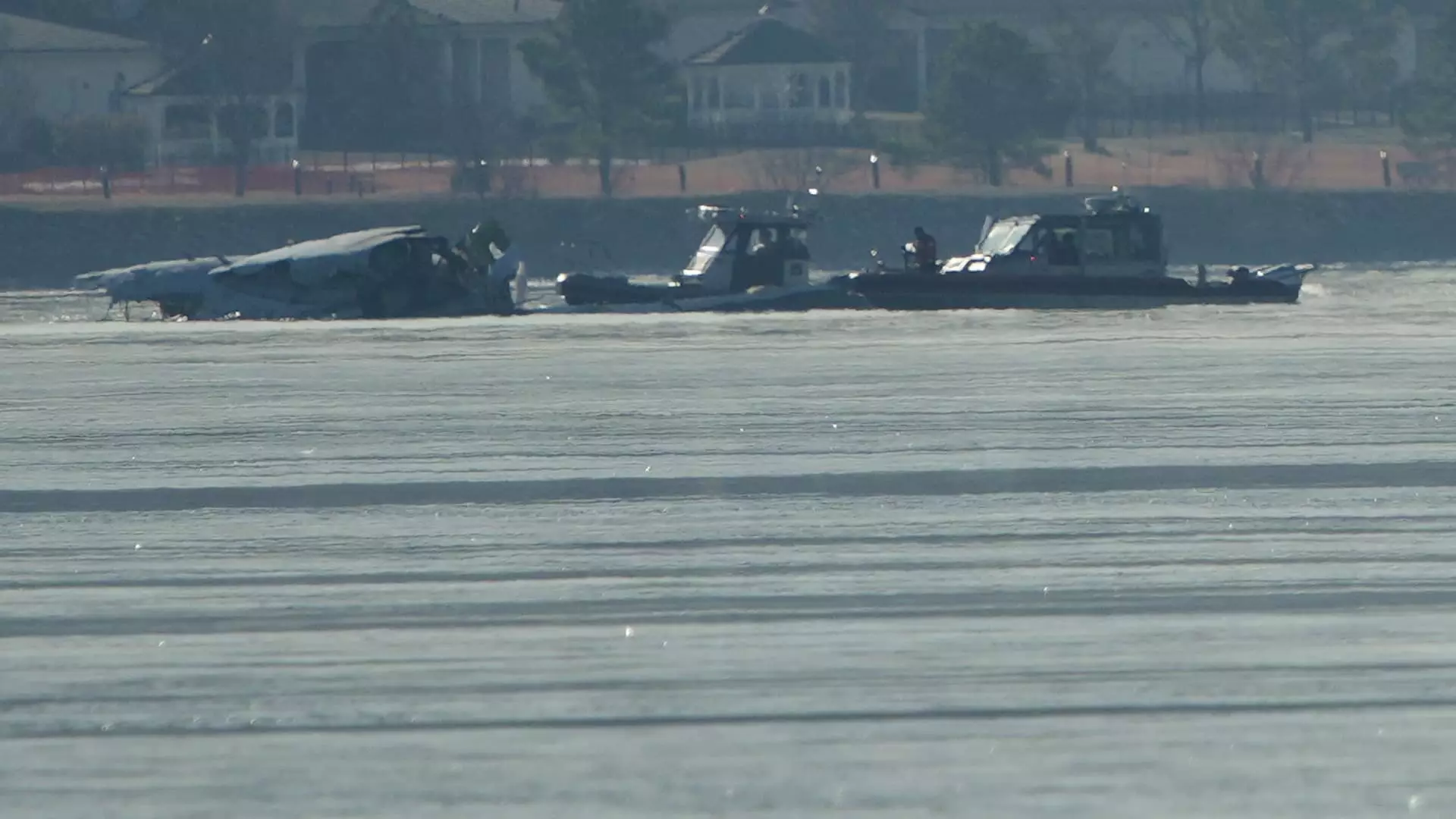The heartbreaking aftermath of the recent air disaster near Washington, D.C., presents a critical reflection on the state of U.S. aviation safety and air traffic management. A fatal collision between an American Airlines regional jet and a U.S. Army Black Hawk helicopter claimed the lives of all on board, marking it as one of the deadliest aviation incidents in the last two decades. As mourners gather and investigations deepen, the question of airspace congestion and safety continues to loom large over the industry.
This tragic event has cast a spotlight on persistent issues plaguing U.S. air traffic management. Despite a historic lack of fatal incidents since early 2009, the sudden loss of life reignites debates over systemic vulnerabilities in aviation safety. Reports of near-misses, such as a recent dangerous incident involving a JetBlue Airways flight, expose the fragility of current safety protocols. While no definitive cause for the crash has been established, the increasingly congested airspace presents a growing risk that cannot be ignored.
Moreover, the occurrence of this disaster brings an urgency to calls from airline executives and industry advocates for the modernization of critical air traffic control systems. As technologies evolve, so too must the frameworks governing air travel to ensure they can manage the complexities of contemporary aviation.
Behind every statistic lies a personal story, and the families of those lost in the Potomac River tragedy are mourning lives cut short—each individual a cherished member of their community. The emotional toll of such an incident does not merely fade with the passing of days or the conclusion of formal investigations. It resonates long after, heightening public anxiety about flying and the perceived safety of their journey.
In the aftermath of the crash, leaders in the industry, including Southwest Airlines’ CEO Bob Jordan, have underscored the importance of a robust air traffic control system. His assertion that the system has long needed modernization speaks volumes about the complacency that may have compromised security and efficiency in U.S. air travel.
As investigations unfold and the aviation community grapples with this tragedy, there is heightened pressure on lawmakers and regulators to act decisively. Modernizing air traffic control technologies and processes is no longer a distant need; it is an immediate requirement to ensure similar disasters do not recur. The tragic collision is a watershed moment that demands a reevaluation of priorities in aviation safety.
It is essential that those in power recognize the urgency behind improving air traffic control capabilities and addressing workforce shortages that contribute to congestion. Transitioning towards more advanced systems could begin to alleviate the risks inherent in the current methods and help restore public confidence in flying.
The collision near Reagan National Airport is not just a tragic event; it serves as a stark reminder of the complexity and risks associated with modern air travel. It is crucial that stakeholders—airlines, regulators, and lawmakers—take this moment as a catalyst for meaningful reform. By addressing the challenges of airspace congestion and modernizing air traffic management, the aviation industry can work toward a safer future for all travelers.


Leave a Reply